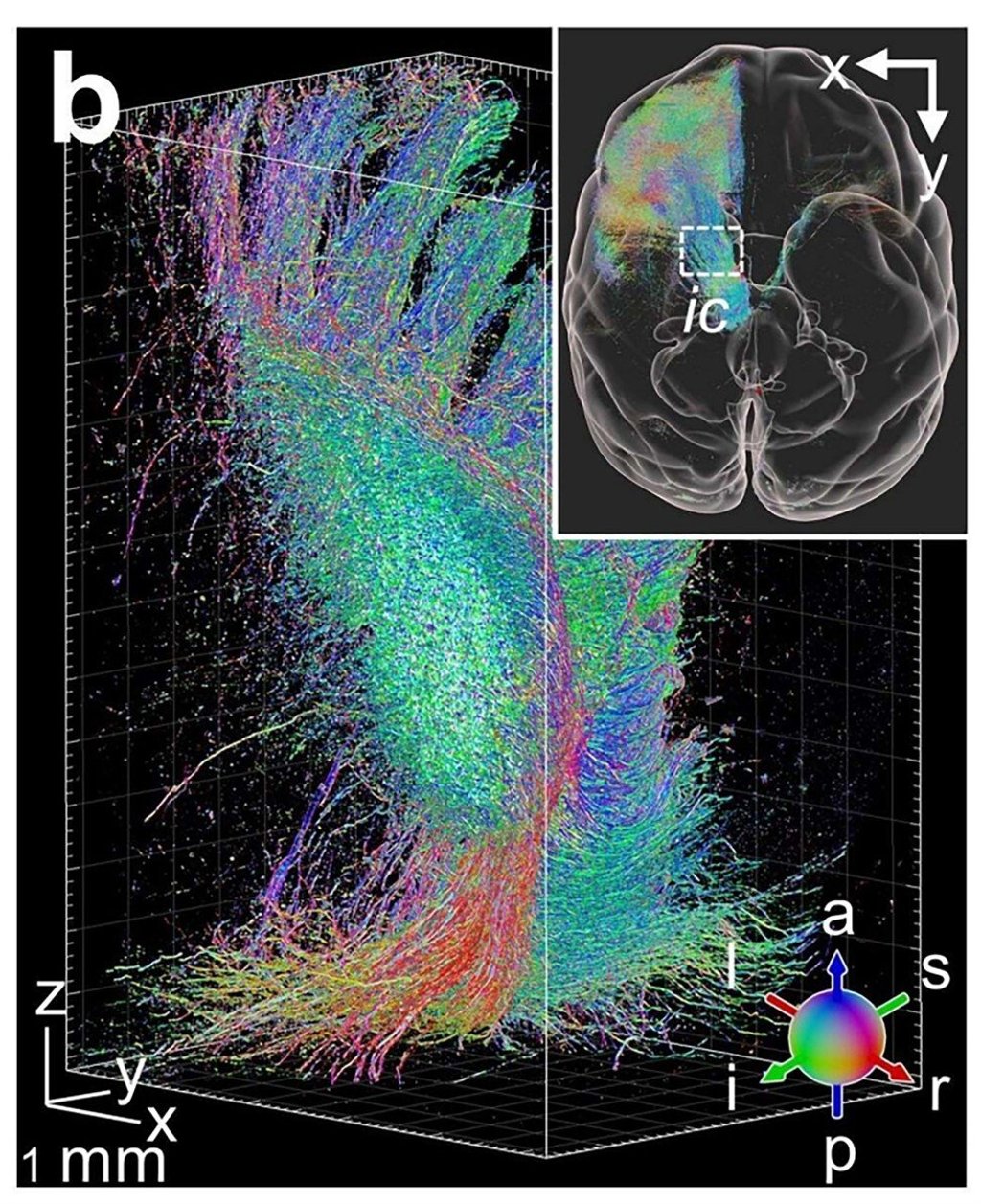Chinese scientists hope to unlock secrets of human brain with high-res image from a monkey
- Team found a way to get a full 3D image providing an unprecedented level of detail that could be used for research into neurological conditions
- They say it could be applied to other organs or body parts and combined with technology like AI to improve understanding of their inner structures

The team from the University of Science and Technology of China managed to get a full brain image with a resolution of 1 micron – or a thousandth of a millimetre. That provides an unprecedented level of detail for brain cells that are typically about 100 microns in size.
But the image of that one monkey brain is enormous – more than 1 petabyte after it was compressed – so the researchers had to use artificial intelligence to analyse it.

“Whole-brain mesoscale mapping in primates has been hindered by large brain sizes and the relatively low throughput of available microscopy methods,” the team led by neuroscientist Bi Guoqiang wrote in a paper published in Nature Biotechnology on Monday.
“Given the status of the rhesus macaque as a major experimental animal for modelling human cognitive functions and brain diseases, a fundamental task in neuroscience and neurology is mapping structural connectivity among different brain regions and neurons of the monkey brain,” they added.